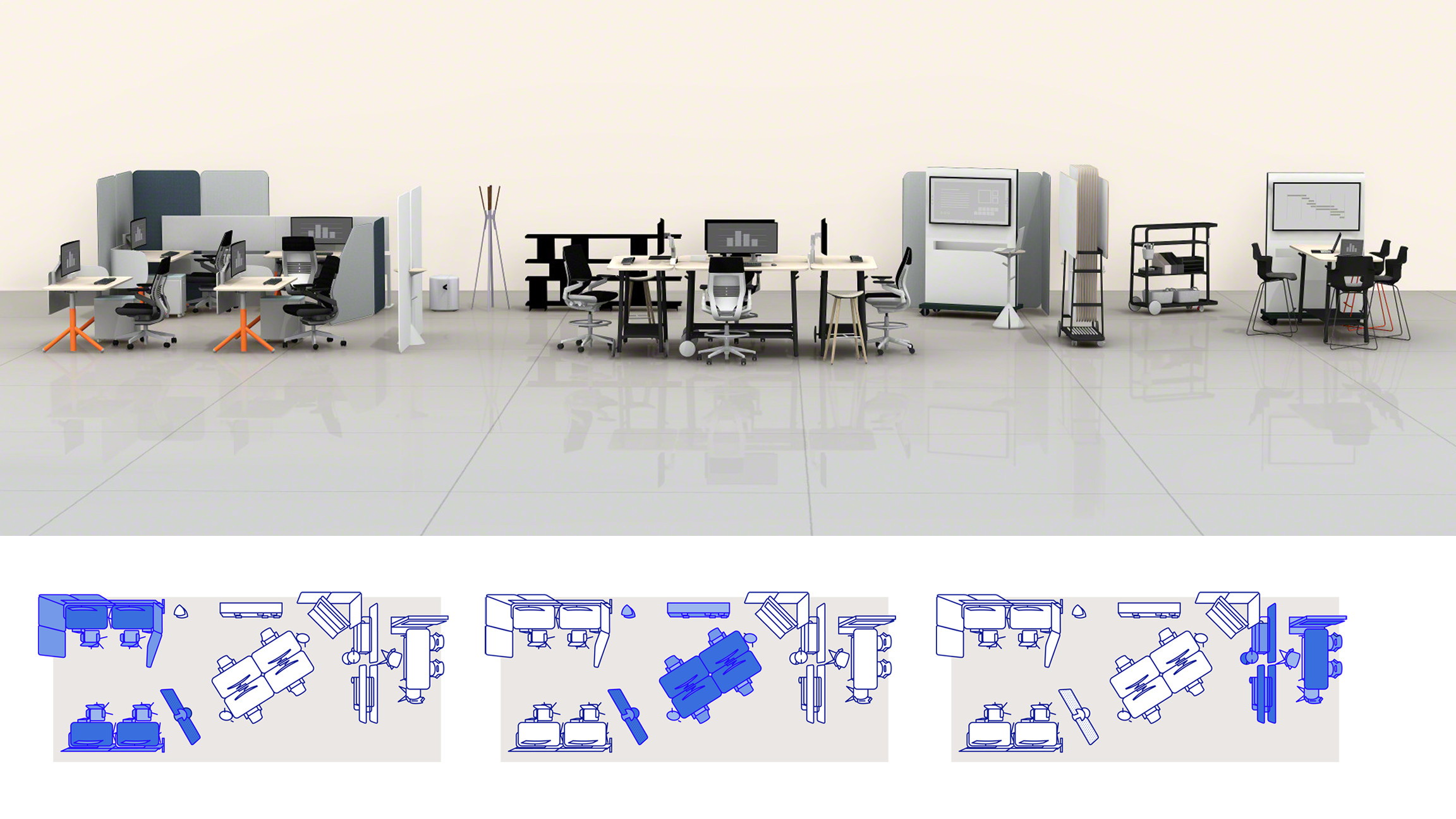 In the wake of COVID-19, the world’s workforce has gone almost entirely online. And while telecom solutions like Zoom, WebEx and GoToMeeting have been around for years, this unique situation has pushed companies to discover exactly what works best for their teams in a time of crisis.
In the wake of COVID-19, the world’s workforce has gone almost entirely online. And while telecom solutions like Zoom, WebEx and GoToMeeting have been around for years, this unique situation has pushed companies to discover exactly what works best for their teams in a time of crisis.
With dozens of conferencing options at your fingertips, how do you know which platform is right for your organization? At Atmosphere we have used this time to transition our team members from Skype for Business over to Microsoft Teams, where we are able to chat, share content, collaborate visually, and integrate numerous Microsoft Office apps.
With the introduction of a new platform comes the implementation of best practices, including staying muted on large group calls, practicing active listening, ensuring the background of your video is appropriate to share (tip: if you use Microsoft Teams, you can blur your background so people don’t see your unmade bed — click on the More Actions button when joining a call).
Although it is new territory, we encourage our team members to use video whenever possible! The use of video allows people to interpret body language, gestures, expressions and other cues, and they’re less likely to interrupt, speak over one another, or multi-task. Seeing each other, even over video, is one of many office rituals that is important to duplicate virtually.
And lastly, check in with your team frequently to understand how well your technology solutions are working for them. Remember that we are all learning together during these unprecedented times.
What’s Next?
As we continue to work in more digital ways and create more digital connections, will our breadth of choices increase online collaboration, improve communication and productivity? Or will it be detrimental to corporate culture and invite unnecessary security risks?
As a result of a more dispersed and distributed workforce, technology usage for collaboration is poised to spike up to 80-90%, even for workers who share the same building. Co-workers who used to meet in shared spaces are opting to dial-in from their individual space to avoid direct contact with other people.
Workspace design will evolve due to the increased need for more screens, larger monitors, mobile power and a correspondingly strong infrastructure for technology security and capacity. Furniture layout can create space between people, especially if there is access to power and mobile surfaces and seating.

Looking for more inspiration?
As more people are working from home during the global health crisis, the transition from a social, collaborative environment to an isolated one can be tough. Thankfully, our partners at Steelcase offer tips and tricks for staying productive and in-tune with your team and business while out of the office.
Learn more at: www.steelcase.com/research/remote-work-making-distance-work/
Also check out When Coronavirus Causes You To Meet Differently: 6 Tips For Making The Most Of Remote Or In-Person Meetings from Forbes.
Making Distance Work
This is not a normal work from home scenario. In light of the COVID-19 global health crisis, even people used to working remotely are doing so under intense conditions, increased stress and elevated levels of anxiety. And for many, working from home or on distributed teams is an entirely new way of working.
Watch a webinar hosted by Steelcase to explore how we can maintain holistic wellbeing during our current global health crisis.
Get advice from workplace wellbeing experts on how we can all stay mentally and physically healthy, productive and connected while working from home.
